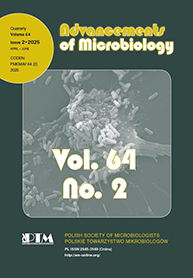Abstract: Brucellosis is a transmissible bacterial zoonotic disease caused by Gram-negative coccobacillus bacteria of the genus Brucella. The disease severely hinders the livestock industry and human health. In several instances, infected animals act as carriers for the crossspecies transmission of brucellosis. Social issues, poor husbandry practices, irregularities in the marketing and movement of domestic animals, and lack of coordination between veterinary and human health services are some of the key factors responsible for the transmission and prevalence of Brucellosis. Human contact with infected domestic animals is often the transmission route of Brucellosis infection.
Therefore, human brucellosis could be eradicated globally by eradicating animal brucellosis. This review describes the current status of brucellosis and the risk factors of the disease in animals and the human population. In addition, there is a further discussion of the various issues related to the control and prevention of brucellosis in domestic animals and humans.
1. Introduction. 2. Historical background of Brucellosis. 3. Prevalence of brucellosis 4. Taxonomy 5. Epidemiology of Brucellosis 6. Risk factors for brucellosis 7. Transmission. 8. Clinical Symptoms. 9. Human brucellosis. 10. Diagnosis of brucellosis 11. Detection of Brucella organisms. 12. Serological tests. 13. Molecular diagnostic methods. 14. Control and prevention of brucellosis
BRUCELLOSIS: CURRENT STATUS OF THE DISEASE AND FUTURE PERSPECTIVES
22 December 2020

